UK election defence device to help stop you getting… ‘drowned out’.



What further depths of despair will the Post Office will sink to – fining people for unknowingly using fake stamps.



Science making a white bread taste like brown…
Hybrid ‘Hybread’ Bakery, where a white loaf tastes like wholegrain.
Why not just waste even more time on nonsense science… what’s the point?
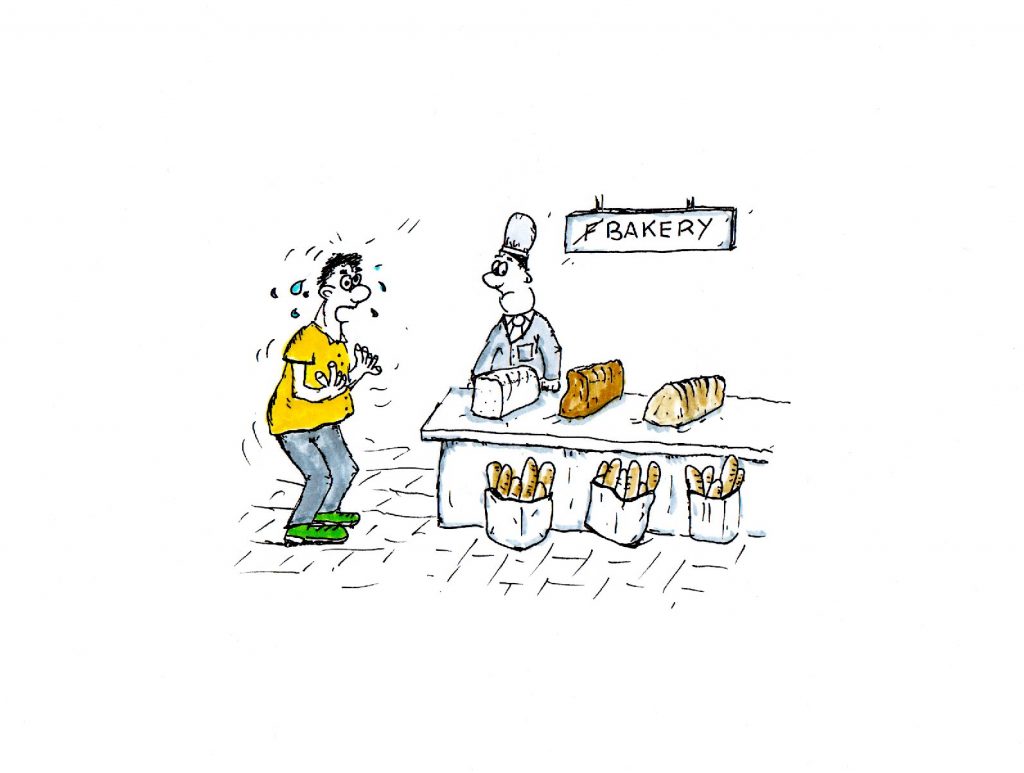
Soooooo good for the garden – but not so good for you!
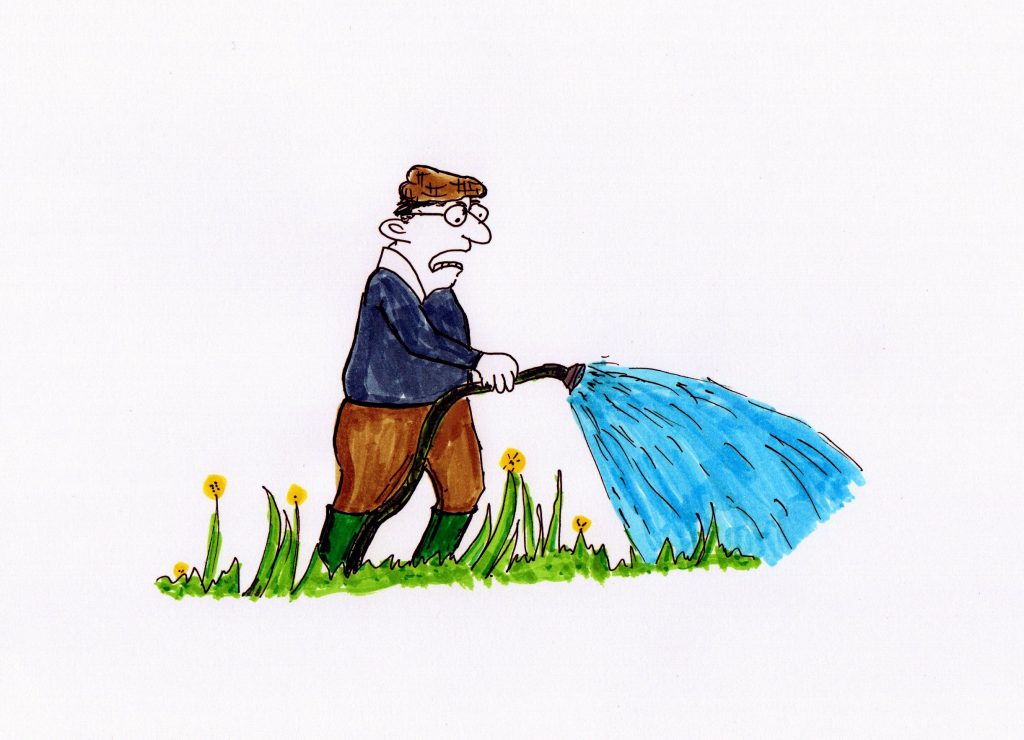

“Can you explain democracy to me again please?”


“Do as I say, not as I do!”

Image 400 metres for just a moment – that’s 4 trips for Usain Bolt up and down 100 metre athletics track or, about 40 double decker buses parked end to end.
Peter Sellers, CBE (1925 – 1980), was a renowned English actor and comedian. He rose to fame with his performances in the BBC Radio comedy series, “The Goon Show.”
Later, he become well known world-wide for his movie roles especially as Inspector Clouseau in the Pink Panther series.
On a linear scale, the size of a dust speck is nowhere near the midpoint between an atom and Earth. However, if we consider a logarithmic scale, which compares things in terms of orders of magnitude rather than absolute size, the idea becomes more meaningful.

While 30 grams is heavier than what we’d typically consider a speck of dust, it’s not too far off when we’re looking at the vast difference in scale between an atom and the Earth.
So, proportionally speaking, a speck of dust’s mass is closer to the midpoint on a logarithmic scale, even though it’s not exactly halfway.
It’s a way to visualize and understand the immense range of scales in our universe, from the very small to the very large. It’s not meant to be a precise measurement but rather an illustration of the concept of scale.
Cold Welding: In the vacuum of space, two metal pieces can fuse without heat or flame when they come into contact. This occurs because:
Metallic Bonds: Metals consist of positively charged ions immersed in a sea of free-moving electrons, which are essential for bonding atoms within the metal.
Oxide Layer: On Earth, metals typically develop an oxide layer on their surfaces due to exposure to air, preventing them from bonding directly.
In Space: Without oxygen in space to create an oxide layer, touching metal pieces can merge through their metallic bonds, forming one solid piece.
In practice, such occurrences are rare on Earth due to irregularities and the presence of a protective oxide layer.
Even in space, this oxide layer persists unless it is intentionally removed. If it were to be polished away, the metals could indeed weld together.
Designers of satellites and spacecraft must take this into account when selecting metal components for space missions.
Designers of satellites and spacecraft must consider this when selecting metal parts for space missions.
Although it’s not as straightforward as magnets sticking together, cold welding in space is truly possible!
Oxford University, founded in the 12th century, stands as a beacon of scholarship and tradition. Its roots trace back to 1096 during William II’s reign. The university is approximately 230 years older than the Aztec Empire.
Teaching would have likely existed in some form within its hallowed halls. Imagine those early scholars, their minds ablaze with curiosity, gathering under the ancient spires.
Now, let’s compare this age to another remarkable entity: the Aztec civilization. The Aztecs flourished around the 14th century. Their vibrant culture, intricate temples, and awe-inspiring pyramids came some 230 years after the university was established.
Imagine the scene: while Oxford’s dons debated philosophy, the Aztecs were constructing Tenochtitlan, their magnificent capital. As Oxford’s colleges took shape, the Aztecs were creating intricate codices and performing sacred rituals.
Oxford University, with its nine centuries of continuous existence, predates the Aztec Empire by several lifetimes: a testament to the enduring quest for knowledge across civilizations.

This is a problem for Japan as it has a growing elderly population. It means Japan has one older person for every three citizens. 33% of the population is elderly and not part of its workforce.
If this trend continues Japan is on course to lose around 40% of its workforce and that is a massive problem for Japan’s economy.
According to a survey conducted by Rakuten Insight in 2023, dogs were the most popular pets in Japan, followed by cats and fish.


.

Our nearest galaxy is the Milky Way and, in a year, it moves 17 billion kilometres from where it was one a year ago.
So, by virtue of this fact, we have never been in the same place twice. Earth moves with the Milky Way.
The Milky Way galaxy is moving through space at around 550km/s – now that’s fast!
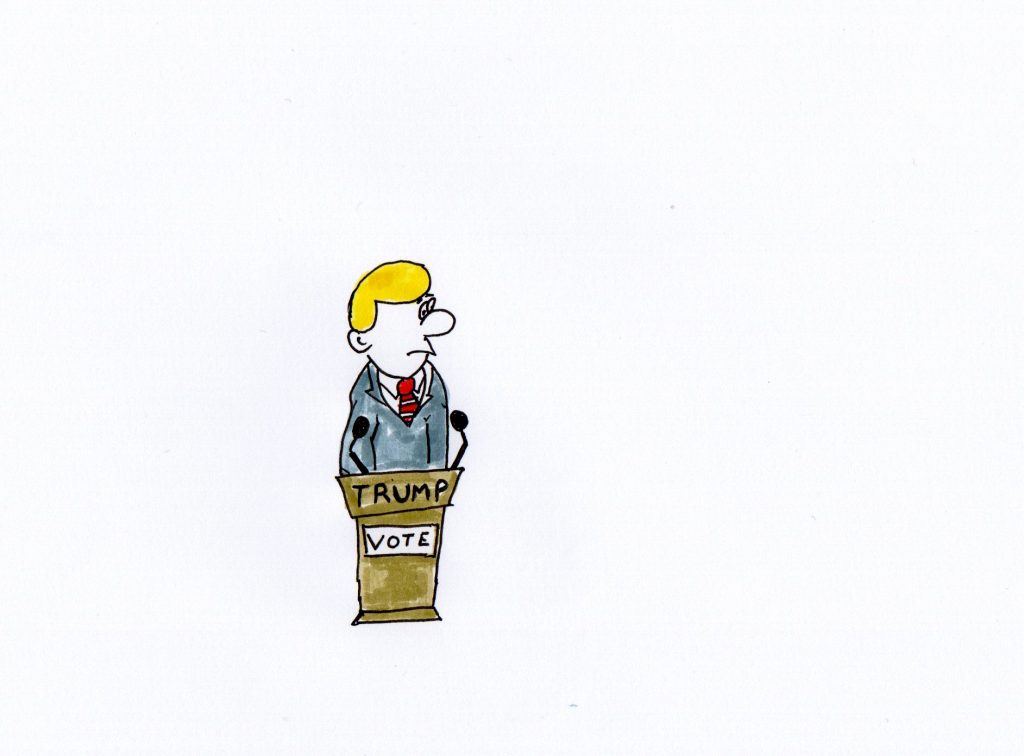
It’s true, space has a smell. Space is a vacuum, so no one can smell it directly. But astronauts can smell the things that have been in space, such as their suits or tools.
They report that space smells like hot metal, diesel fumes, barbecue, or burning hydrocarbons. These smells are believed to be caused by the by-products of dying stars, such as hydrocarbons.
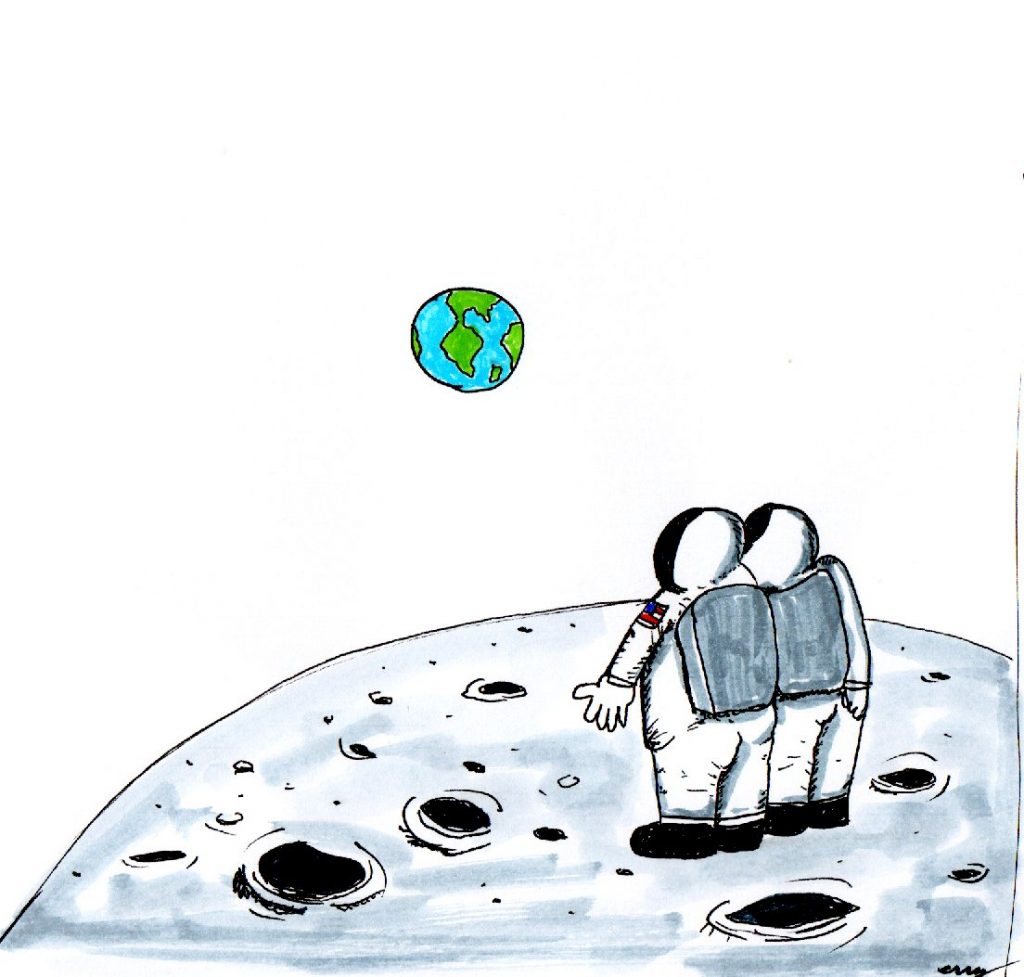
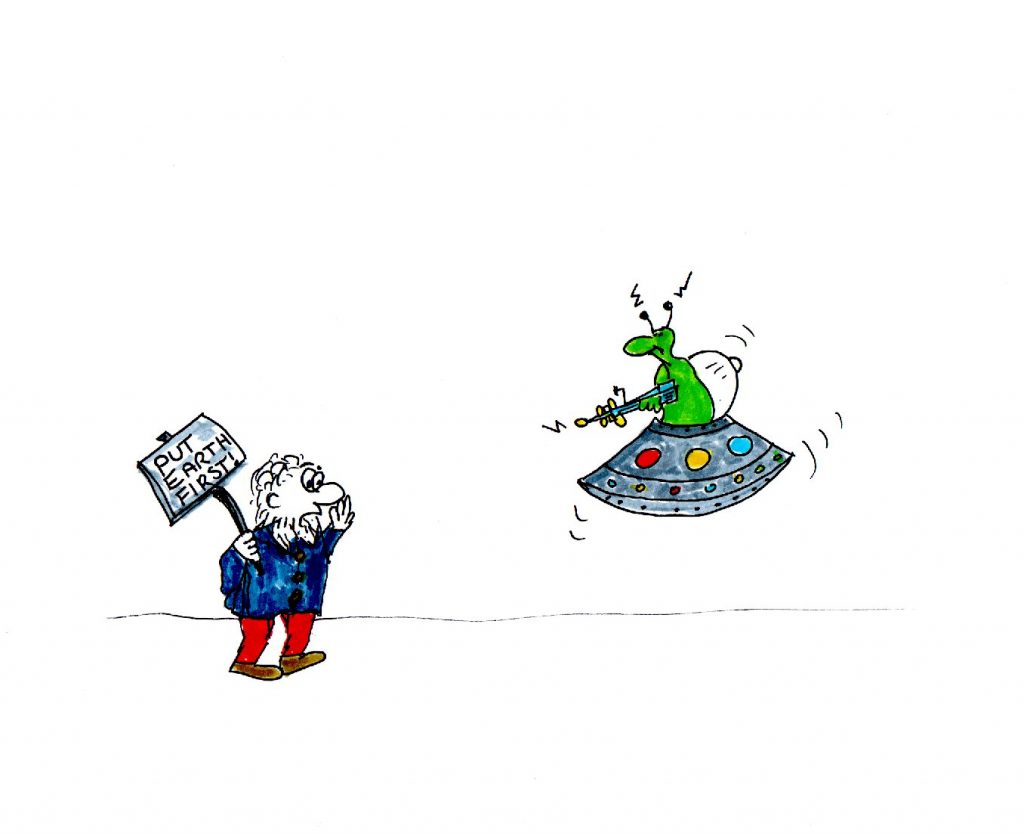
Inflation is falling and getting closer to the 2% target

